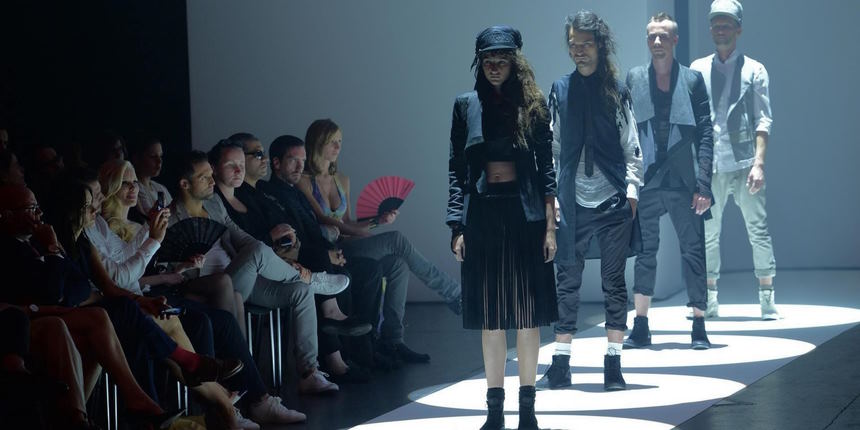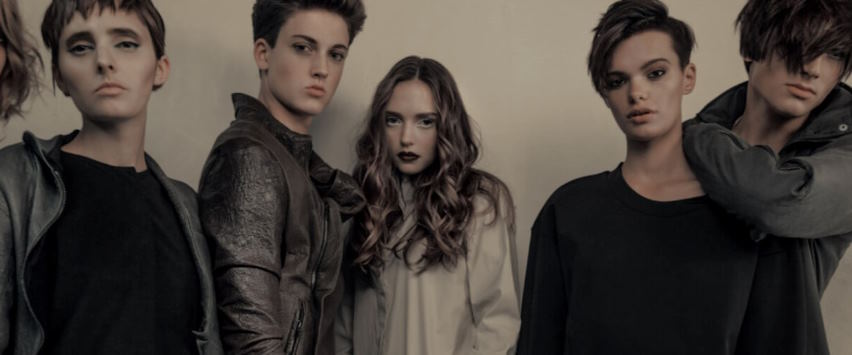
Fashion is often seen as an industry that celebrates the new and the trendy. Still, in recent years, there has been a growing movement of people rejecting traditional fashion and embracing a more anti-fashion approach. This movement, often characterized by a focus on sustainability, individuality, and self-expression, is challenging the norms of the fashion industry and paving the way for a new type of fashion culture.
What is Anti-Fashion?
Anti-fashion is a movement that rejects the traditional norms of the fashion industry and embraces a more individualistic and non-conformist approach to style. A focus on timeless pieces, minimalism, and sustainable fashion practices characterizes it. It often involves using vintage and second-hand clothing, DIY projects, and upcycling.
The Rise of Anti-Fashion
The rise of anti-fashion can be traced back to the 1990s when grunge and punk styles emerged as a rejection of mainstream fashion. In recent years, social media has played a significant role in anti-fashion growth, allowing individuals to share their unique styles and connect with like-minded people worldwide.
Individuality and Self-Expression
Anti-fashion is also about embracing individuality and self-expression rather than conforming to trends and societal norms. It often involves experimenting with different styles, mixing and matching pieces, and creating a unique look that reflects one’s personality and values.
The Impact of Anti-Fashion on the Fashion Industry
The rise of anti-fashion is significantly impacting the fashion industry as consumers become more conscious of the negative effects of fast fashion and demand more sustainable and ethical options. As a result, brands are starting to respond to this shift by incorporating more sustainable practices and offering unique, individualistic styles that cater to anti-fashion consumers.
The Role of Gender in Anti-Fashion
Anti-fashion is often associated with a rejection of gender norms and a celebration of gender fluidity. Many anti-fashion enthusiasts are drawn to styles that challenge traditional ideas of masculinity and femininity, and they may mix and match pieces to create a unique look. This rejection of gender norms can be seen as a form of rebellion against societal expectations and a celebration of individuality.
Examples of Anti-Fashion Icons
Many individuals have become icons of the anti-fashion movement, including musicians like Kurt Cobain and Patti Smith, who embraced a grunge and punk aesthetic in the 1990s. More recently, figures like Billie Eilish and Lizzo have become known for their unique, individualistic styles that challenge traditional fashion norms. These icons inspire others to embrace their unique styles and reject conformity.
The Intersection of Anti-Fashion and Body Positivity
Anti-fashion can also intersect with the body positivity movement, which seeks to challenge unrealistic beauty standards and promote self-love and acceptance. Many anti-fashion enthusiasts reject the idea that fashion should be about fitting into a certain mold or size and instead celebrate all body types and shapes. It can be seen in the rise of size-inclusive fashion and the rejection of body shaming.
How to Incorporate Anti-Fashion into Your Wardrobe
If you’re interested in embracing anti-fashion, there are many ways to incorporate it into your wardrobe. It might involve investing in timeless pieces you can wear for years, shopping second-hand or vintage, experimenting with different styles and textures, and using DIY projects to create unique pieces that reflect your personality. Ultimately, anti-fashion is about embracing individuality and rejecting conformity, so don’t be afraid to try new things and create your unique style.






























